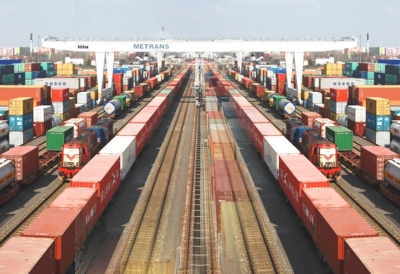
When the first railway began to operate it was suggested that a messenger should ride on a horse ahead of the train to tell people of its approach and warn the engine driver of any obstacles along the track.
Soon the train was able to travel much faster than the horse. Men with flags stood beside the track and either signaled the train-driver to stop or waved him on.
The problem of travel safety grew as trains increased in speed and numbers and level crossing with gates were built as well as viaducts to take trains over dangerous or difficult places.
Eventually a comprehensive system of mechanical signaling was evolved. Semaphore signals that swung up or down on a tall pole beside the track were the most common. Nowadays the majority of large railway stations have colour-lights signals, with red meaning ‘stop’ , green ‘go’ and amber ‘caution’.
All these signals are now worked electrically. It is no longer necessary for a man with a watch to check the various times when trains pass, open gates or decides which track the train will go on to and make a note of trains which have been delayed. Today all these tasks are done by computers and the signal posts of large stations are completely automated.
Picture Credit : Google
